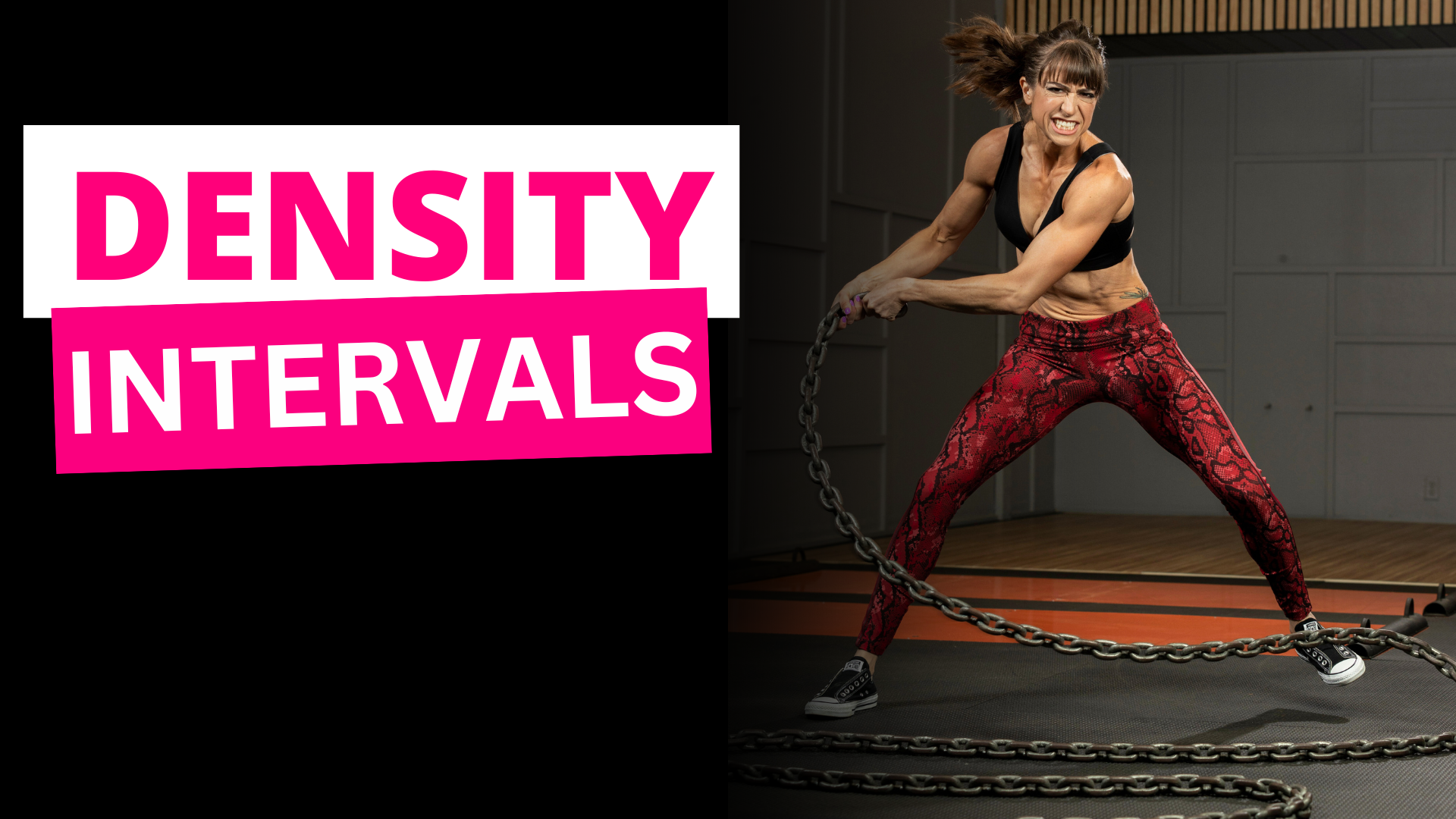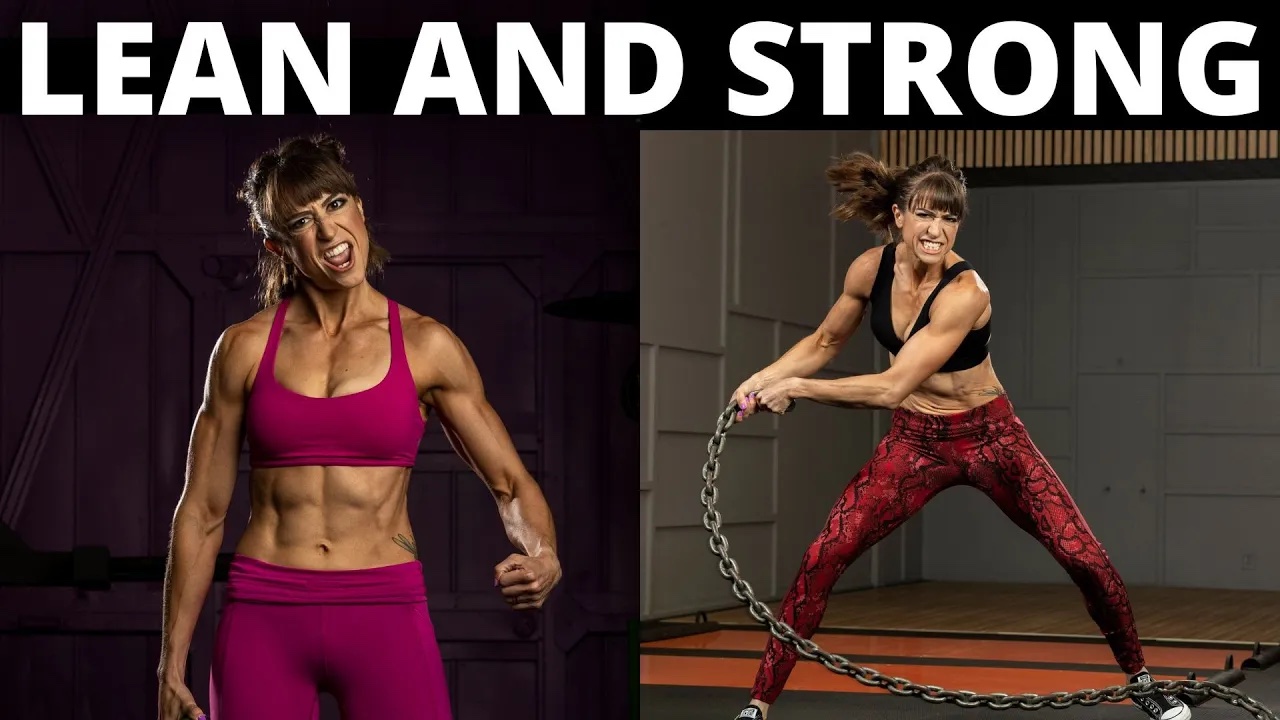
How To Build Muscle Faster (One Underrated Technique)
You’ve got to embrace being uncomfortable and really challenging yourself with exercises if you want to build muscle, especially the longer you’ve been working out.
And this doesn’t mean just feeling like you worked hard and that the reps and sets you did felt challenging.
It means even sometimes FAILING to do the variation or weight you selected for the reps or sets assigned.
Because too often we just stop when it feels hard enough instead of truly PROVING it was hard enough with having to stop.
That’s why I want to share this simple, but oh so effective workout tip to accelerate your muscle and strength gains and truly push that progression and challenge in movements safely!
And that tip is….
Use Rest-Pause Training Technique!
Rest-Pause Training Technique is an amazing way to lift heavier and use harder variations of moves to really challenge yourself and build muscle, especially if you feel like its gotten harder with age or even menopause!
And this technique can be used no matter your fitness level.
To help you implement this amazing workout tips, I want to break down what the Rest-Pause Training Technique is, why it works and 3 main ways you can use it to build muscle faster with your current workout routines even.

First, what is Rest-Pause Training Technique and why does it work?
With this workout approach, you are going to use mini breaks to get out the total reps you want.
Because the rest is only 15-30 seconds, you’re basically not allowing your body to near recover BUT also allowing yourself to recover just enough you can do a few more reps with the same variation or load.
This helps you ultimately do more reps with a weight or exercise variation you really can’t do that many reps straight with had you tried.
This is what allows you to do a more challenging variation of a move but also create more training volume.
This push and challenge to really work muscles is what drives growth!
It works because you are basically helping yourself do 10 reps with a weight you couldn’t truly do 10 straight reps with.
The magic is in that very short rest you’re using between reps to get out more quality movement but in less time than if you took a full rest between rounds.
You can almost think of it as using the short rest to work past failure.
Where you normally would stop to rest for the next round or have to lower weights, instead your taking a short rest your body doesn’t fully register as rest, to do reps you can’t normally do!
And you can use this short break and bonus reps in a 3 different ways to see amazing results and really challenge yourself with your strength training…
First, is the Basic Rest-Pause Technique.
To use this approach in the most basic way, even with almost any exercise you have currently in your workout, you’ll want to consider the rep range you want to hit.
So if your sumo squat in your workout is for 8-12 reps, you’re going to pick a weight for those squats you will probably want to, or have to, stop at 6-7 reps with.
You’ll then perform those 6-7 reps and rest 15-30 seconds before seeing how many more you can get to get in that 8-12 rep range.
If you find you’re doing 6-7 reps in your first little mini set and then able to get 12 total reps after the short rest, you may consider shorting the rest further or even going heavier until you can just hit 8 reps or the bottom of that rep range.
Both of these can allow you to advance the exercise as you slowly can get out more reps in a row.
Once you can use that weight, or exercise variation, to get the 8-12 reps straight, you may decide it is time again to increase weight and use rest-pause technique to progress further.
This basic rest-pause technique is great to use with any lifts in your workout where you’re even stuck between weights and can’t yet fully go heavier or as a way to correct imbalances, especially using even the rest to get out all the reps on your weaker side!
The second way to use this technique is as Cluster Sets.
With the Cluster Set approach, you’ll set a total number of reps you want to do and then select an exercise variation or resistance you know you can only do no more than a third of the reps straight with.
So if you want to do 10 reps, you’ll select an exercise or weight that you can do about 2-3 reps with.
You’ll perform these 2-3 rep mini sets, with 10-30 seconds of rest between them until all 10 reps are complete. Then you’ll fully rest between the next round.
But unlike the basic rest-pause design, where you will only pause ONCE, with Cluster Sets, you have a specific number of total reps, not a range, and you’ll often use multiple pauses and mini sets to hit your total.
Once you can do more than the top reps in your mini set, you’ll want to progress the move.
Cluster sets are a great tool to use for a big heavy compound lift, or exercise like the pull up or push up, you want to progress strength in to build muscle.
They allow you to go very heavy but still get in more volume or total reps!
The third use of this training technique is in the Ladder Rest-Pause set up.
This is a very strategically designed rep layout using mini rests to really boost the total work you can do with an exercise and weight.
With this design you will use descending reps so reps that go from higher to lower with mini rest between these rounds before a longer rest and repeat.
The rest can ALSO decrease in length as the reps go down.
An example of this may be the 10-7-3-1 workout design.
With this design, you’ll pick a weight you can basically do the full 10 reps with and maybe even 11 or 12 with, especially to start.
You’ll then do your 10 reps, rest 10 seconds. And then perform 7 reps.
You’ll then rest 7 seconds.
And then do 3 reps, rest 3 seconds and finally a single rep before a longer break to then repeat the series.
You’re going to end up being able to do 21 reps with a weight or exercise you could usually only do for about 10-12 reps.
And the very short rest and dropping down in reps with each round is what helps you get out that quality of work for more volume.
You don’t have to use those specific reps or rest, but you do want reps to decrease over the rounds and dramatically at the end, while including no more than 15-20 seconds of rest.
You also want to do only 3-5 drops down in reps for the ladder.
But using any of these 3 variations of Rest-Pause Technique, you can really challenge yourself in your workouts to accelerate those muscle gains!
Want more amazing workouts to help you build your leanest, strongest body ever?






